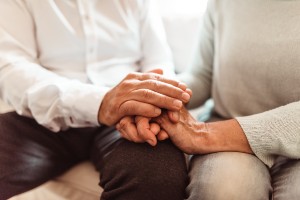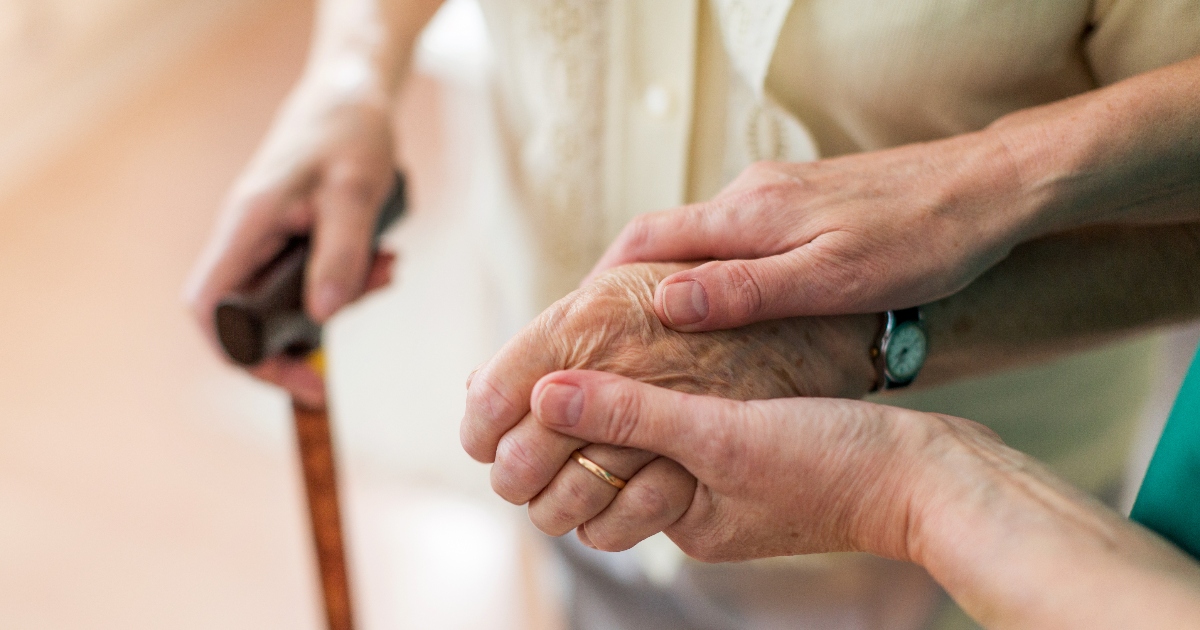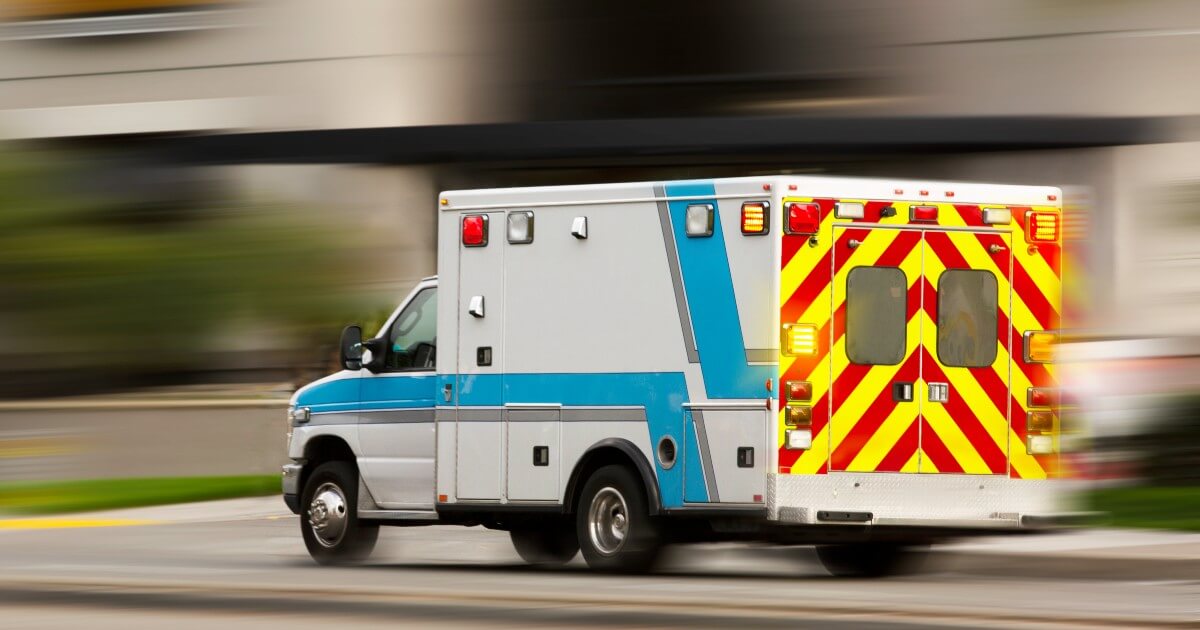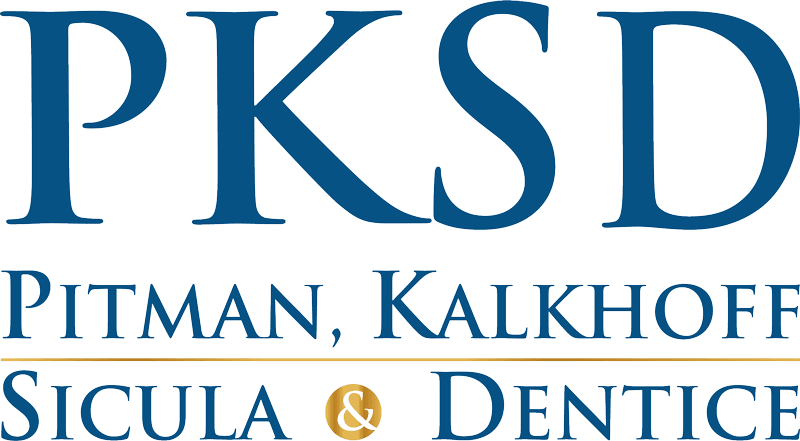 As COVID-19 started to spread across nursing homes nationwide, the Trump administration intentionally downplayed the deadly threat of the virus. Despite early warning signs and reports of deaths and severe illness among nursing home residents and staff, the outbreak has only continued to worsen over time.
As COVID-19 started to spread across nursing homes nationwide, the Trump administration intentionally downplayed the deadly threat of the virus. Despite early warning signs and reports of deaths and severe illness among nursing home residents and staff, the outbreak has only continued to worsen over time.
Over 78,000 residents and staff members in nursing homes and other long-term care facilities have now died from COVID-19, according to a new report released by Senator Bob Casey (D-PA) and Senator Ron Wyden (D-OR). Both are members of the United States Senate Special Committee on Aging.
More than 16,800 deaths occurred in July 2020 and August 2020, and in those two months, on average, 11 residents died every hour, and one resident was infected every minute. The report provides additional details on the missteps and delays from the federal government in response to the pandemic.
Insufficient Personal Protective Equipment (PPE)
Nursing homes have faced significant challenges trying to obtain an adequate supply of PPE. The shortage of N95 masks in particular, which provides the best protection against infection, has likely contributed to the death toll.
Between July 5, 2020 and August 30, 2020, the number of nursing homes reporting insufficient PPE tripled. Over 1,100 facilities reported a lack of N95 masks at the end of August, and more than 16 percent of U.S. nursing homes reported not having a week’s supply of N95 masks.
The administration has failed to ship enough volumes of emergency PPE and when they did, most of it was deemed faulty and unusable.
Inadequate Testing Supplies
There is still a lack of adequate testing supplies, despite assurances from the Trump administration. Since late August, over 700 nursing homes, which accounts for almost five percent of facilities across the nation, have had issues testing or obtaining material to test all residents and staff in a timely manner.
As a result, these facilities have not been in compliance with the latest federal testing guidelines related to COVID-19. For nursing homes who have received testing supplies, it is only enough to test residents and staff once. The testing devices also being supplied are for antigen testing, which is not as reliable as other testing methods. Reports indicate less reliability for screening asymptomatic residents or staff.
Although antigen tests can determine that someone is positive for COVID-19, these tests are more likely to provide false negatives. The rate of false negatives could be as high as 15 percent for testing devices issued by the administration.
Shortages of Nursing Home Staff
Many nursing homes and assisted living facilities were short-staffed before the pandemic hit. Now it has been even harder to recruit and retain staff members to care for residents and stop the infection from spreading. About one out of five U.S. nursing homes have reported shortages of aides and one out of seven facilities have reported shortages of nurses.
Without adequate PP and testing, as well as paid sick and family medical leave, nursing home staff are left to fend for themselves. Staff exposed to COVID-19 have been forced to stay home to care for their loved ones. As the deadly virus has spread, facilities have not been able to retain their workforce. This has especially been the case in lower-quality nursing homes who depend more on Medicaid funding.
In July and August of 2020, at least 15 percent of nursing homes have experienced staff shortages on a weekly basis. Unfortunately, the administration has failed to distribute emergency funding that could provide oversight and relief to nursing homes and its staff to battle the pandemic head on.
Poor Coronavirus Reporting Data
Basic public health data was neither tracked or counted by the Trump administration until months into the outbreak. Nursing home COVID-19 cases and deaths prior to May 1, 2020 are still unaccounted for. This includes a lack of demographic data collected based on race and ethnicity.
Findings outside the administration reveal that minorities are more likely to contract COVID-19 and receive inadequate or reused PPE supplies.
Reducing COVID-19 Deaths in Nursing Homes
Different solutions have been proposed to help reduce the number of COVID-19 deaths in nursing homes. This includes, but is not limited to:
- Ensuring that nursing home data is accurately collected and disclosed
- Providing adequate funding to states and nursing homes to combat the virus
- Supplying urgently needed PPE and testing supplies
- Investing in home and community-based services
Learn More About Your Legal Rights
For more than two decades PKSD has been fighting for the rights of nursing home residents. To date, we have recovered millions of dollars in compensation on behalf of our clients.
Request a free confidential consultation with a Wisconsin nursing home abuse attorney today. There is no risk in calling us to learn more about your options and no obligation to move forward. We only get paid for our legal services if we help obtain compensation for you.
Trusted. Local. Lawyers. Ph: 414-333-3333.






